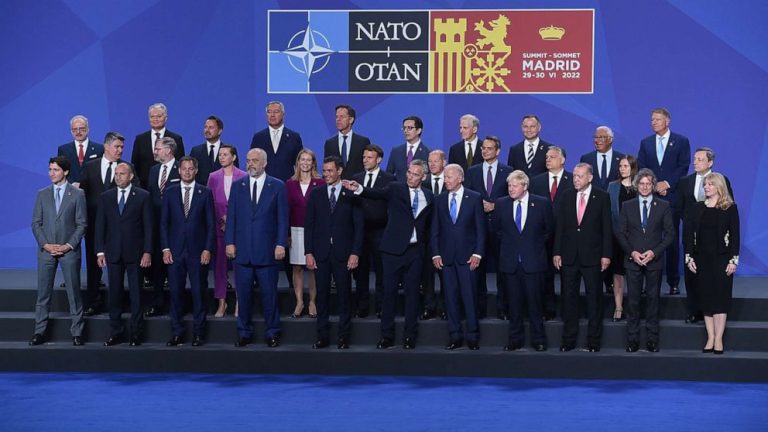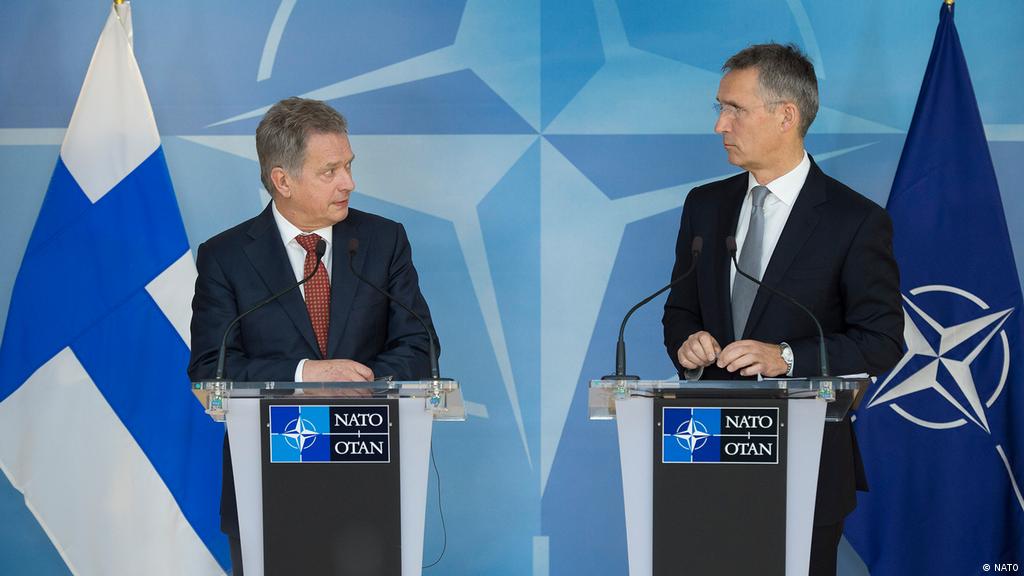The invasion of Ukraine by Russia has highlighted more than ever the importance of NATO’s existence and has undoubtedly forced Western leaders, especially European ones, to deal with their relations with Moscow and the question of the common defense.
The conclusions of Thursday’s NATO summit, in the same week that the leaders of the Group of Seven Industrialized Nations held their meeting in Germany, mark a clear turning point: the post-Cold War era is over and Russia is no more the strategic partner of the Alliance. Deterrence takes center stage at this summit.
The first signs were already born after the invasion of Crimea from Russia, but the decisions of the summit reinforce it more.
Four are the most important announcements: the goal of increasing the number of NATO forces on alert, the first permanent American base on the eastern flank of the Alliance, the formal invitation to Finland and Sweden to join NATO and a new guiding strategy of ten years that abandoned the idea of collaboration with Moscow.
NATO is committed to increasing the number of rapidly deployable troops to ensure rapid defense for each of the potentially threatened countries.
A planned increase to 300,000 soldiers trained and prepared to respond to an attack within 30 days, whose military commanders would have detailed plans to defend against attacks on specific territories with specific troops and weapons.
The United States said it would send another 5,000 troops to Romania and the UK and another 1,000 to Estonia.
By doing so, the US would not violate the 1997 agreement between NATO and Russia not to permanently station new combat forces on the territory of the former communist bloc countries. For this reason, the US and allied deployments in Romania and the Baltic States will be in rotation and not permanent.
A new US Army Corps headquarters permanently stationed in Poland will support the effort once NATO has gathered enough troops from its allies. The Polish base is important because it will provide permanent planning, training and command capabilities for the 300,000 high-alert forces.
The United States is deploying two extra destroyers at their naval base in Rota, southern Spain, to strengthen their presence in the Mediterranean, and two F-35 fighter squadrons in the United Kingdom, where they will be designated for patrolling northern Europe for defense and deterrence purpose.
The announcement of the increase in US forces could lead to the highest number of American presence since the post-Cold war, reaching 120,000 soldiers. The peak during the Cold War was around 300,000 soldiers.
The Madrid summit saw the formal invitation of the Atlantic Alliance to Finland and Sweden, in response to the requests for membership of the two Nordic countries that feel threatened by Moscow.
Turkey’s veto knot was dissolved with a memorandum of understanding between Sweden, Finland and Turkey, and Joe Biden’s approval of the sale of F-16 fighters to Ankara.
The ratification of accession by the thirty NATO member states will not be immediate, and other problems could arise. But now the question is only a matter of time. The game is done.
If Finland joined NATO, it would add another 800 miles to the military alliance border with Russia. And NATO member states would control key areas in the Baltic Sea, including the Swedish island of Gotland, close to Kaliningrad, the Russian enclave in Europe.
The enlargement of NATO immediately became a shared and lasting direction at a bipartisan level in the United States. The main reason was to avoid the political vacuum in Eastern Europe following the dissolution of the Communist bloc and consequently a possible instability.
If even in the mid-nineties the enlargement of NATO encountered some form of European opposition in the American Congress and in the main capitals, after the first enlargement in 1999, from the 2000s onwards, in fact the issue was only when and how and not whether to enlarge. European capitals found themselves on the same wavelength as the US.
Not even Donald Trump’s administration has changed the address on enlargement, in fact supporting the admission of Montenegro and North Macedonia.
The Alliance summit marks a turning point also because it frames the war in Ukraine and the clash with Moscow as part of a much wider challenge that sees China as the protagonist.
Leaders from Australia, Japan, New Zealand and South Korea attended the Madrid summit as observers, marking the first time the presence of some of the transpacific allies at a NATO summit.
A rewritten NATO strategic concept directly discussed China, a big change from the last document, which didn’t mention it at all.
Clearly, the member states leave the summit with the duty to speed up the implementation times of the decisions taken and with the task of having to keep their public compact on the war in Ukraine.
The need to further increase shipments of heavy weapons supply to Ukraine is met with its own public and any decision will be taken only if supported by the respective parliaments.
There are those who still point the finger at NATO expansion, citing the concerns and fears of Russia. Although Putin and his followers speak clearly of the real goal of this war: the restoration of the “historical” territory of Russia.
Inevitably, the Atlantic Alliance, which revolves around collective defense and which includes and will include countries that represent Putin’s potential prey, must deal with this new reality.
It is also inevitable to conclude that Putin was the worst master of strategy: Russia is isolated, NATO continues to expand, and more States will increase their budgets to 2% of their GDP.
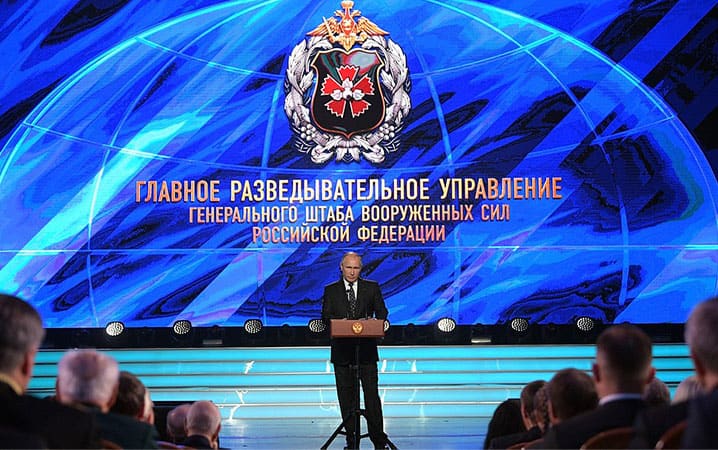
Read also: NATO reconfirms Russian threat
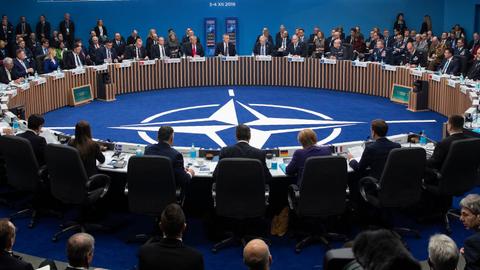
Read also: State of NATO. Alive, stagnant or dying?
Post Author
Author
-
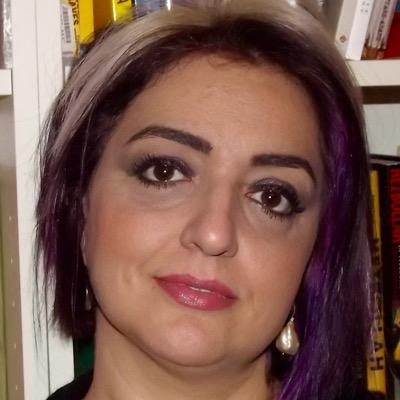
Researcher on International Relations Middle East and Balkans
View all posts
CSSII- Centro Interdipartimentale di Studi Strategici, Internazionali e Imprenditoriali,
Università di Firenze, Italy, Albania


